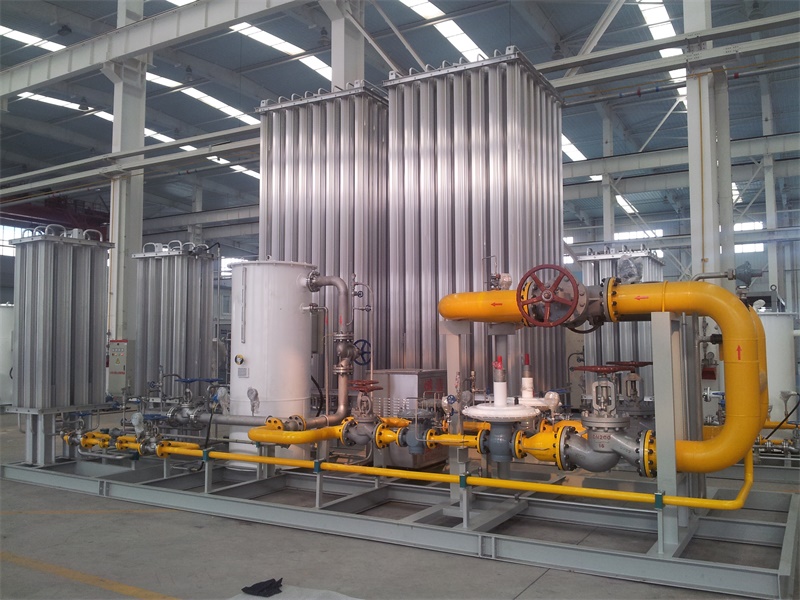
Heat is used by vaporizers to evaporate a working fluid. They are often compared to industrial boilers, but do not generate significant pressures. In low pressure vaporizers, the vaporized stream is typically used as the heat exchange fluid. They are also capable of evaporating liquid fuels and cryogenic liquids.
Vaporizer Types
The primary distinction between vaporizers is their function. Vaporizers are devices that either produce vapor or transfer heat. Vaporizers, which generate vapor from a liquid stream, are frequently used. Propane vaporizers, for example, evaporate liquid propane (lp) to provide propane gas to equipment. In frigid areas where natural vaporization from storage is insufficient, or in systems with high vapor needs, this is essential.
Vaporizers may also be used with other fuels such as gasoline and kerosene, most notably for engine fuel injection. They may also superheat or evaporate low-temperature fluids such as liquefied natural gas or liquid nitrogen. They may also be used to heat liquid feeds in order to generate steam or other hot gases.
Vaporizers may also be used as heat transfer devices, thanks to the use of vaporized heat transfer fluids and refrigerants. Using vapors to transport liquids or solids over surfaces decreases pressure and increases temperature uniformity. These devices make use of a shell and tube heat exchanger, with the vaporized fluid contained inside or outside the tubes. Heat exchange vaporizers may use single-component or multi-component heat transfer fluids.
Heat Source
The heating source of the evaporated fluid distinguishes vaporizers.
- Ambient vaporizers evaporate cryogenic and other cold liquids using ambient heat.
- Pre-heated water or another hot liquid is used to evaporate in hot water vaporizers. This helps temperature control.
- Radiant heat vaporizers heat using radiant energy rather than convection or conduction.
- Preheated steam or a comparable hot gas is used to vaporize in steam vaporizers. This enhances temperature control and heat transfer to the boiling liquid.
Performance Specs
The performance of a vaporizer is determined by a few key parameters. The capacity of the device is measured in gallons per hour (gph), kilograms per hour (kg/h), or similar mass or volume per time units. Rather than heat transfer vaporizers, this standard is used to assess vaporizers. The maximum working temperature of the vaporizer (or the maximum heat transfer fluid temperature of the system)
Power requirements for vaporizers that use electric heat or other electrical equipment. kW is the most used unit of measurement for power (kW). The maximum pressure at a particular temperature is referred to as the operating pressure (typically the maximum temperature). Pressure is often given in pounds per square inch (psi) (psi).
Features & Extras
In certain circumstances, the features or supplemental equipment of a vaporizer are crucial. Condensate pumps are used to push excess fluid or condensate back into the vaporizer system. Because of gravity return, the vaporizer does not need a pump to return the condensed fluid.
Hartford loops are used in most vaporizer systems to prevent liquid from flowing in the wrong direction due to gravity. They keep an eye on and adjust the liquid levels in the vaporizer tank. The power (voltage and/or current) of the vaporizer is regulated by power controls. Parts may be replaced without first emptying the system, saving time and money on maintenance and repairs.
Standards
Standards for industrial vaporizers have been set by the American Society of Mechanical Engineers (ASME). These specifications ensure that the equipment is both safe and efficient. For further assurance, industrial vaporizers may be certified with the National Board of Boiler and Pressure Vessel Inspectors.

